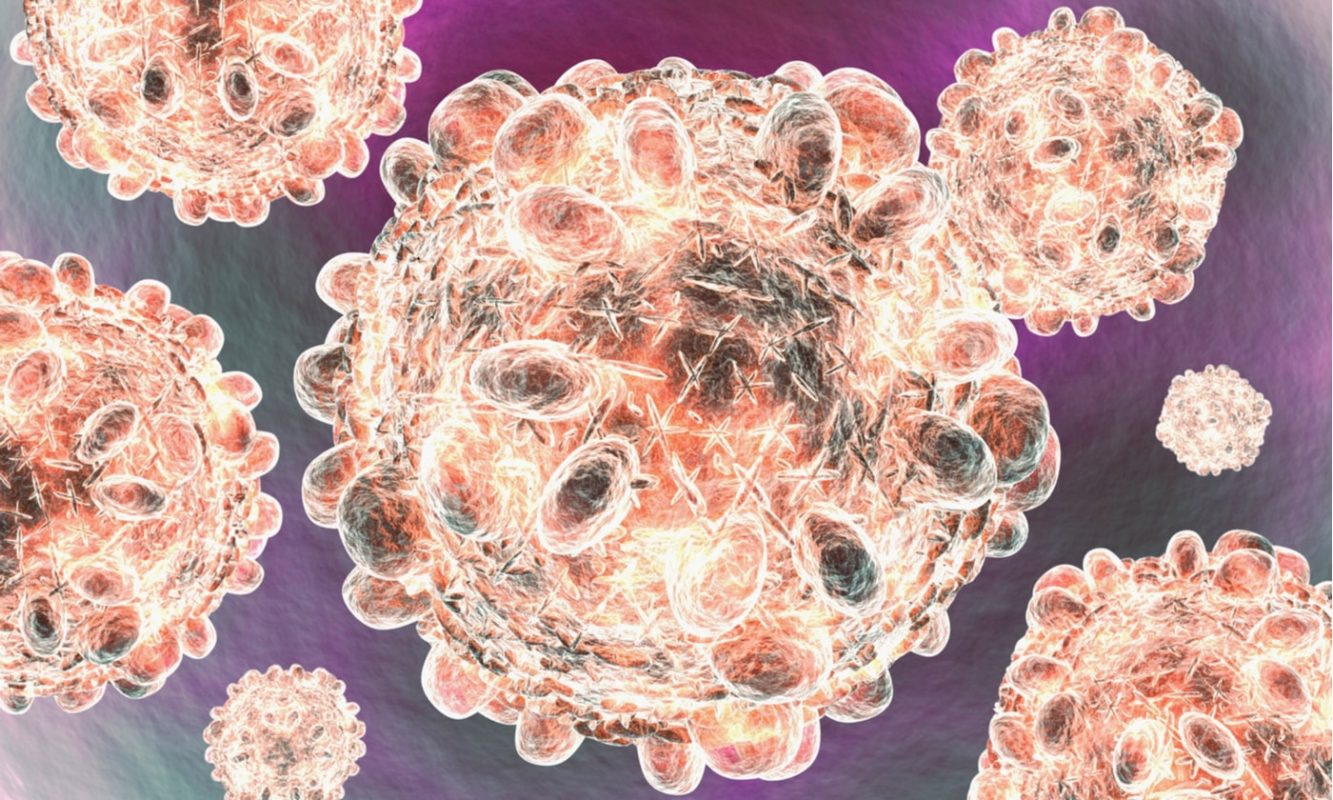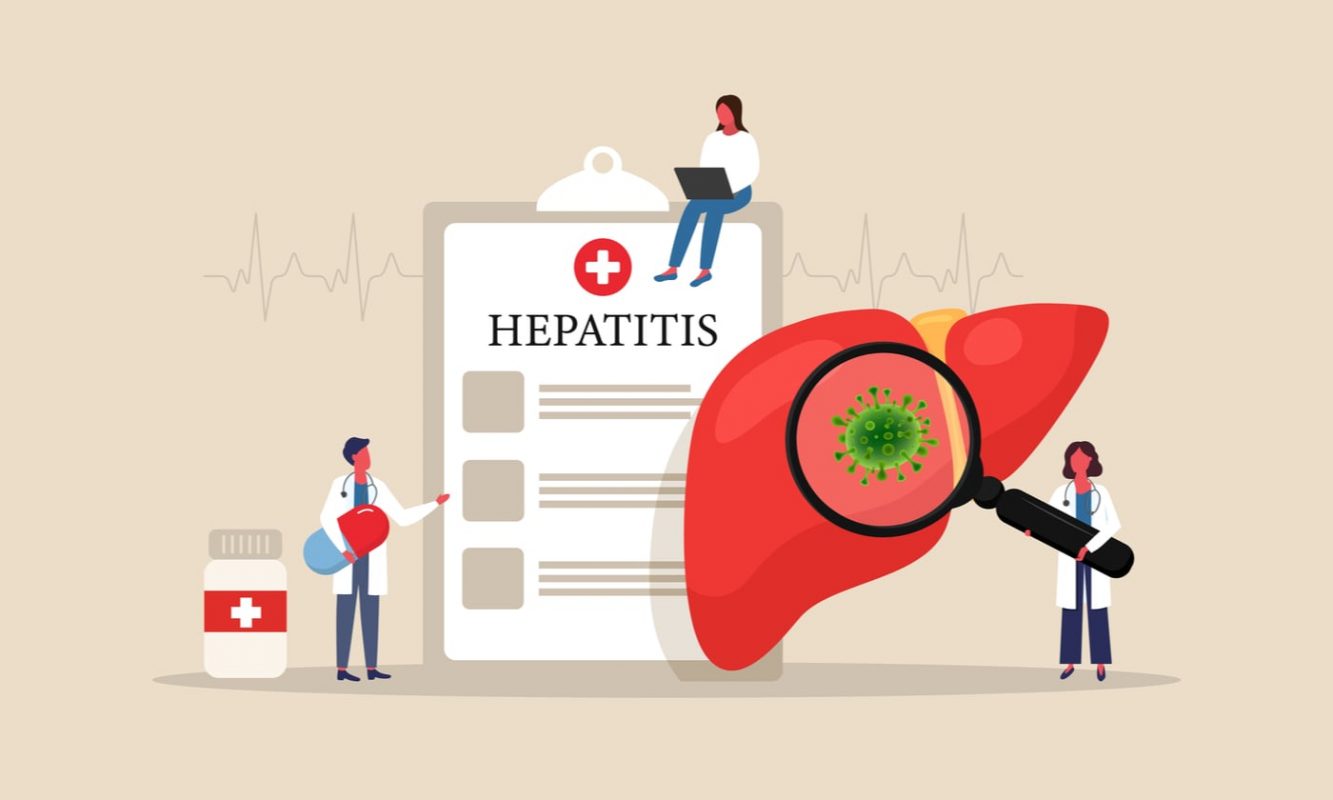Many common sexually transmitted diseases (STDs) share the same or very similar symptoms. These include:
- Abnormal discharge
- Painful and/or frequent urination
- Pain during sexual intercourse
- Itching, irritation or pain in the genital area
- Small lumps or sores in the genital area
Of course, many common STDs also don’t cause any symptoms at all! For example, for chlamydia, only an estimated 10% of infected males show symptoms and 5-30% of infected females (1). This is why routine testing is very important to detect, treat, and prevent the spread of STDs. Our easy-to-use at-home sample collection kits make STD testing even simpler. If you are concerned about a recent potential exposure, take an STD test today.
Abnormal discharge:
Chlamydia, gonorrhea, and trichomoniasis can all cause abnormal discharge from the vagina in females and penis in males. This is typically a yellowish discharge in females and a white, cloudy or watery discharge in males. Sometimes the discharge can have a slightly green tinge and also have an unpleasant smell.
Non-STD health issues can also cause abnormal discharges, including urinary tract infections and yeast infections (2). Taking a simple STD test is an easy way to rule out a potential STD.
Painful and/or frequent urination:
Chlamydia, gonorrhea, trichomoniasis, and herpes are all associated with pain while urinating (dysuria). But once again, many non-STD health issues can also cause dysuria, including urinary tract infections, yeast infections, urethritis, certain prostate conditions, bladder and kidney stones, and certain medications (3).
Frequent urination is another common symptom of STDs, but can also be caused by kidney disease, urinary tract infection, pregnancy, prostate problems, and diabetes among other things (4).
Pain during sexual intercourse:
Chlamydia, gonorrhea, trichomoniasis, and herpes can also cause pain during sexual intercourse. Non-STD health issues in females that can also cause painful sex include vaginismus, vaginal infections, endometriosis, menopause, pelvic inflammatory disease (which can itself be a complication of an STD) (5). In males, other causes of painful sex include Peyronie’s disease, a tight foreskin, or prostatitis (6).
Itching, irritation, or pain in the genital area
Chlamydia, trichomoniasis, and herpes can cause discomfort in the genital area, particularly in females. This may be just mild irritation or severe itching and pain. Other causes of irritation include yeast infection and bacterial vaginosis in females, jock itch in males, and allergies in both genders. Sweating, tight clothing, and certain substances (e.g. soap) can also contribute to itchy genitals (7).
Small lumps or sores in the genital area
Syphilis, herpes, and human papillomavirus (HPV) are all associated with skin lumps and sores in and around the genitals.
For syphilis, a skin lesion known as a chancre occurs during primary infection. It can be a single painless chancre, or multiple painful and tender chancres (8).
Genital herpes can cause a patch of small red or white bumps, which are often painful. These pus-filled sores eventually burst to leave an ulcer-like sore on the skin (9).
HPV can cause warts in the genital area. These can be flat lesions, small cauliflower-like bumps, or tiny stem-like protrusions (10).
References:
1. Farley TA, Cohen DA, & Elkins W (2003). Asymptomatic sexually transmitted diseases: the case for screening. Prev Med, 36 (4), 502-509.
2. Barad DH (2020). Vaginal Discharge. Merck Manual Consumer Version.
3. Michels TC, Sands JE (2015). Dysuria: Evaluation and Differential Diagnosis in Adults. Am Fam Physician. 92 (9), 778-788.
4. Maddukuri G (2021). Excessive or Frequent Urination. Merck Manual Consumer Version.
5. Why Does it Hurt When I Have Sex? American Society for Reproductive Medicine.
6. Why does sex hurt? NHS. Reviewed May 2021.
7. 8 reasons your groin itches and how to get relief. American Academy of Dermatology Association.
8. Kent ME & Romanelli F (2008). Reexamining syphilis: an update on epidemiology, clinical manifestations, and management. Ann Pharmacother, 42 (2), 226-236.
9. Genital Herpes – CDC Fact Sheet (Detailed). CDC. Reviewed July 2021.
10. Genital HPV Infection – Fact Sheet. CDC. Reviewed January 2021.
Related Tests
- Complete STD Panel
- Chlamydia trachomatis, NAA
- Chlamydia trachomatis, Neisseria gonorrhoeae, NAA
- Chlamydia trachomatis, Neisseria gonorrhea, Trichomonas vaginalis, NAA
- Hepatitis B and C Screen
- Hepatitis C Antibody (Anti-HCV)
- HIV-1 & HIV-2 Antigen & Antibody Screen, 4th Generation
- Neisseria gonorrhoeae, NAA
- Treponema pallidum (Syphilis) Antibody Screen
- Trichomonas vaginalis, NAA










